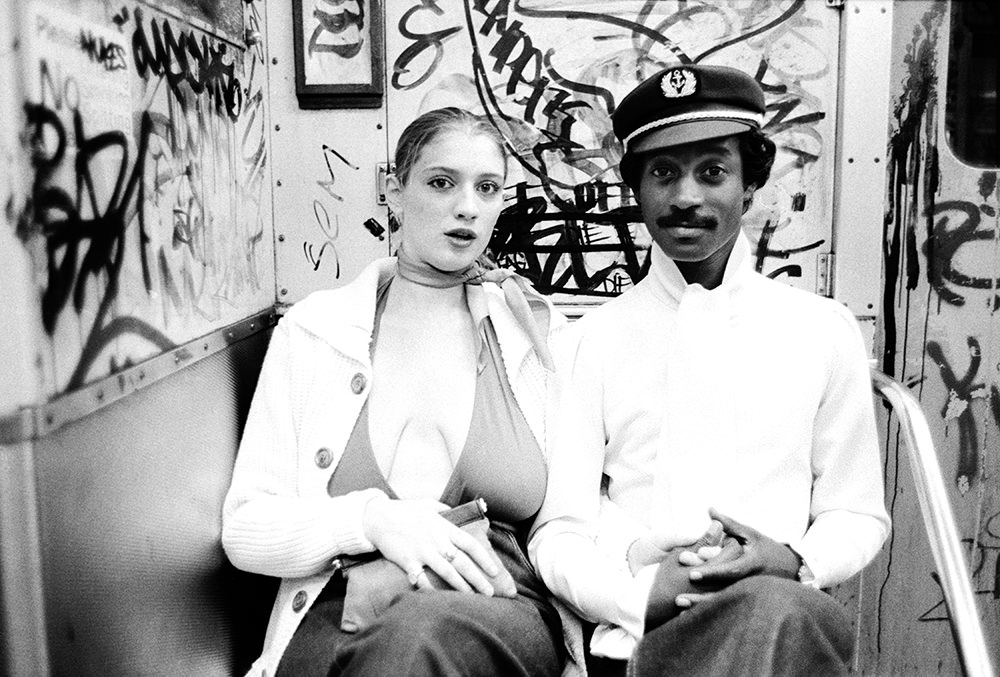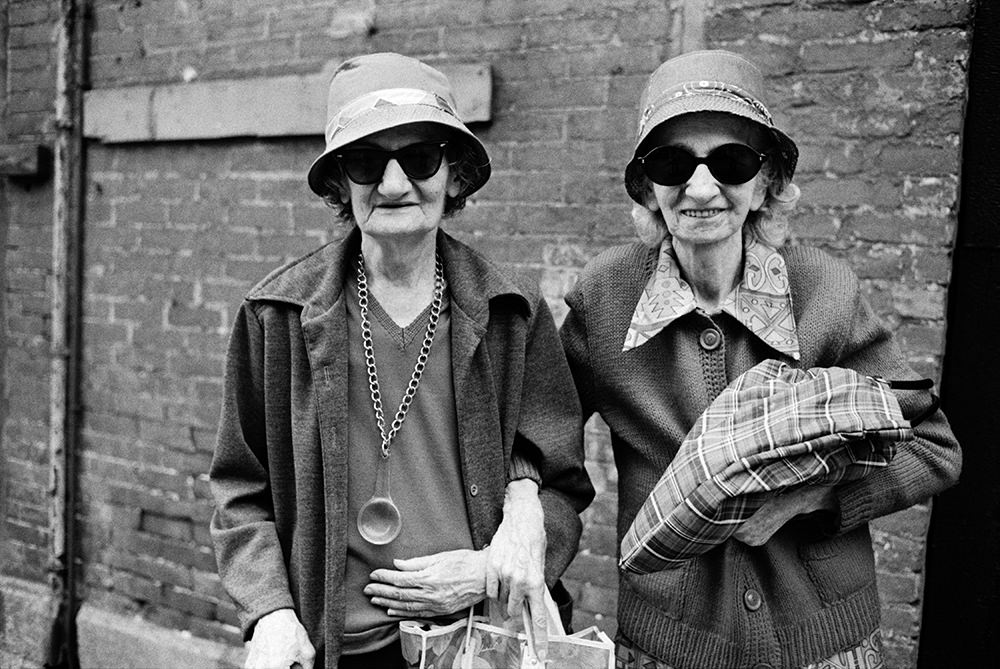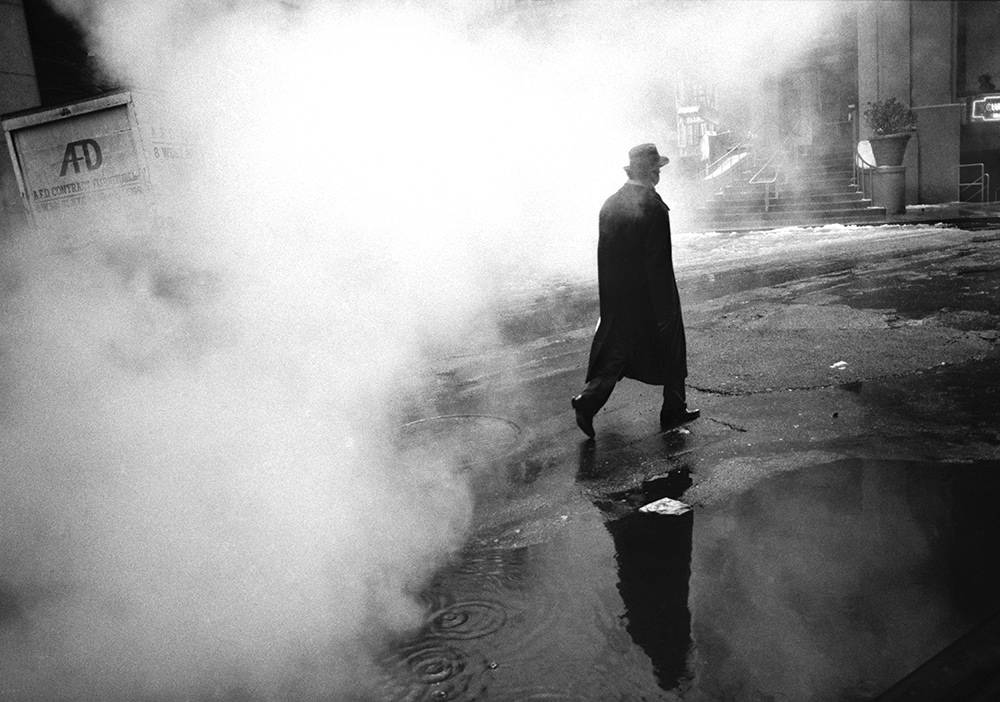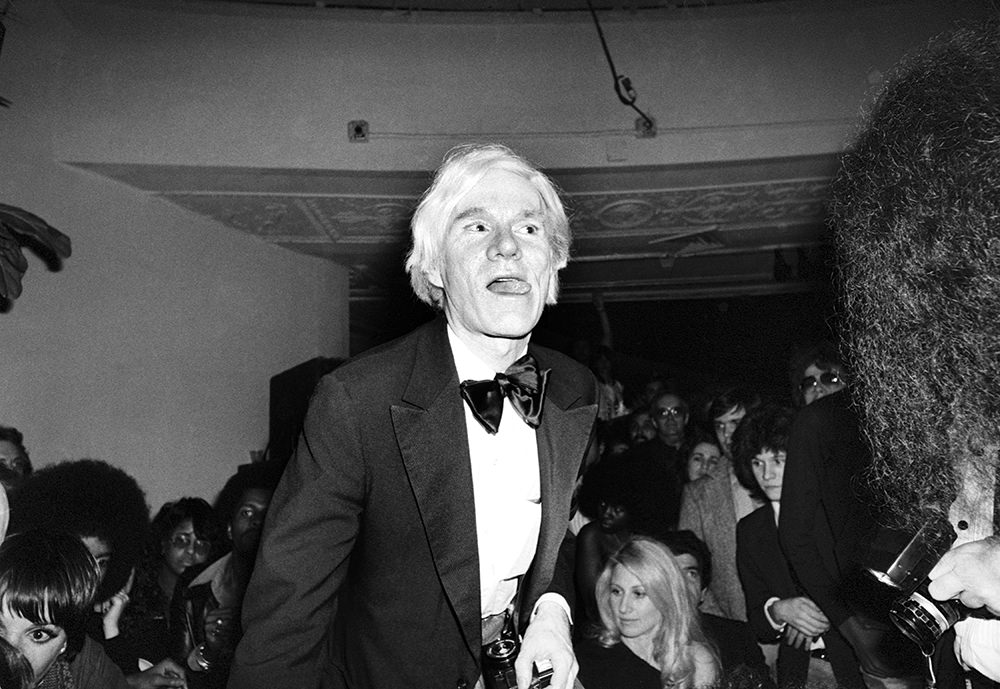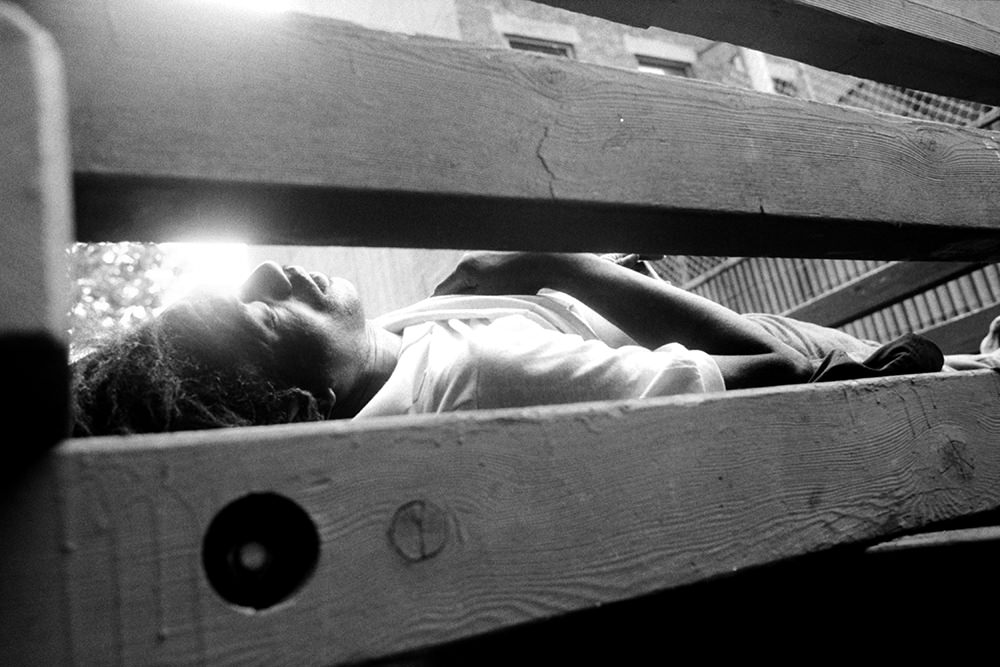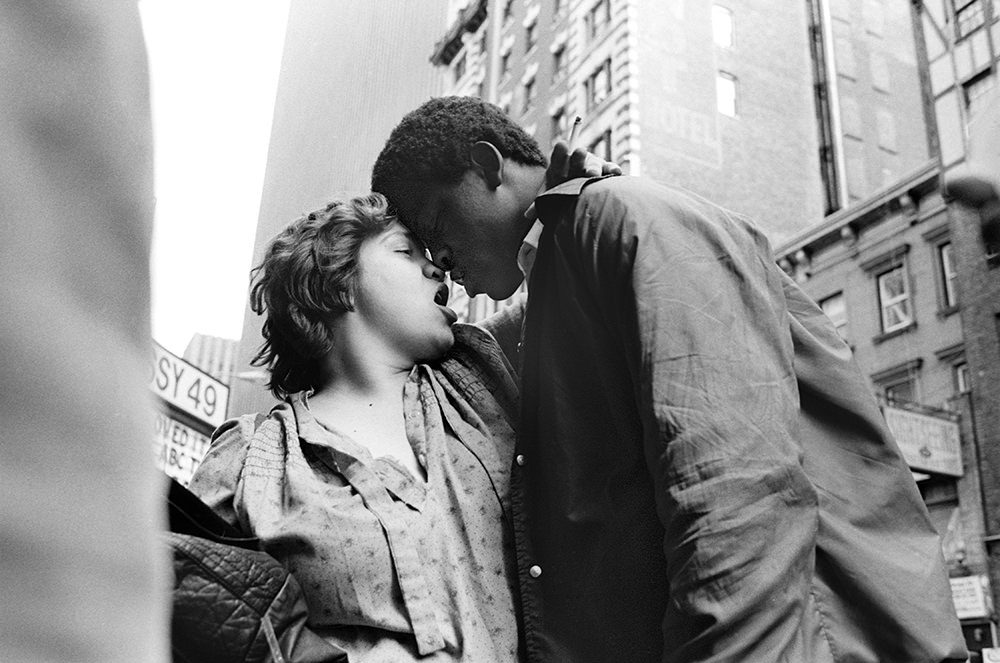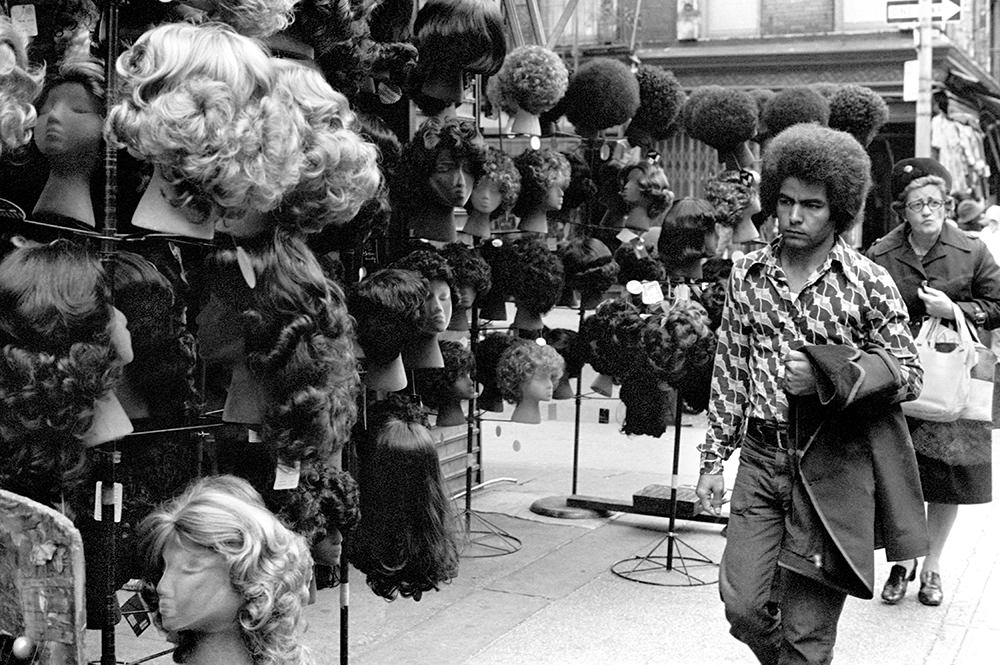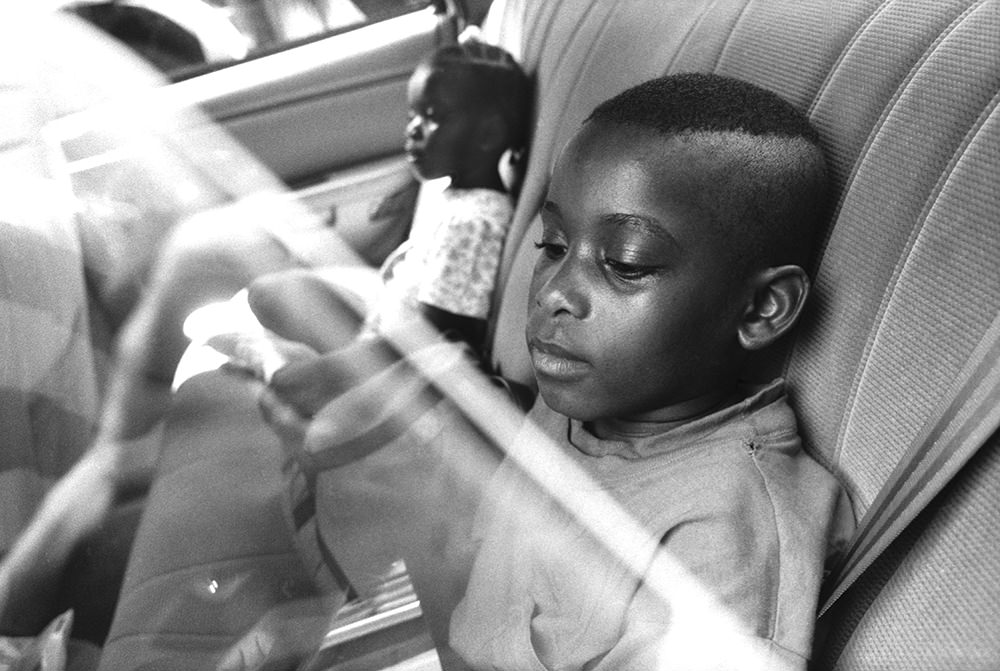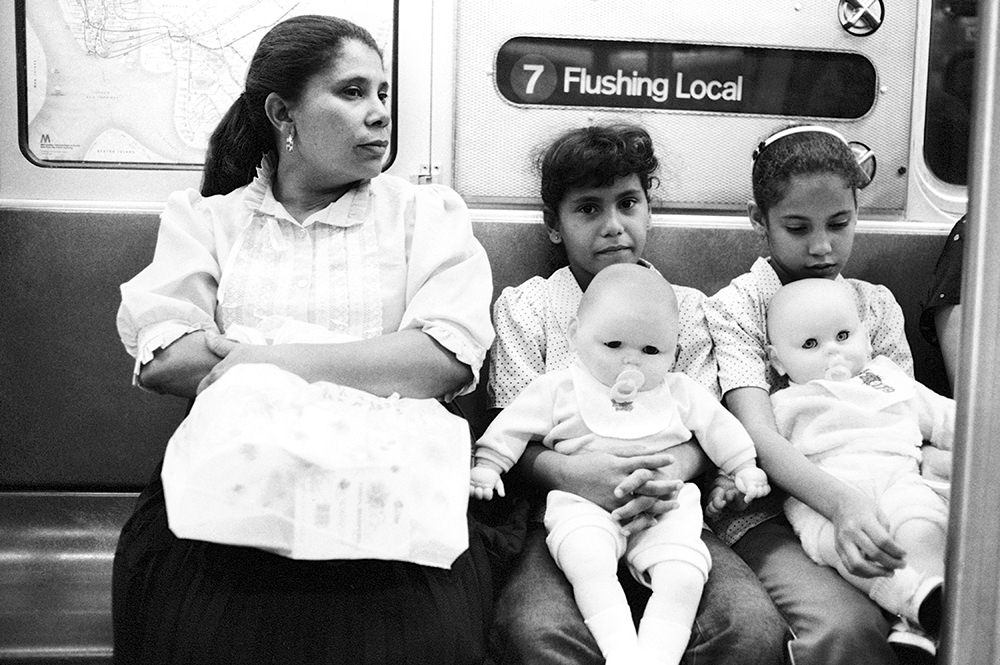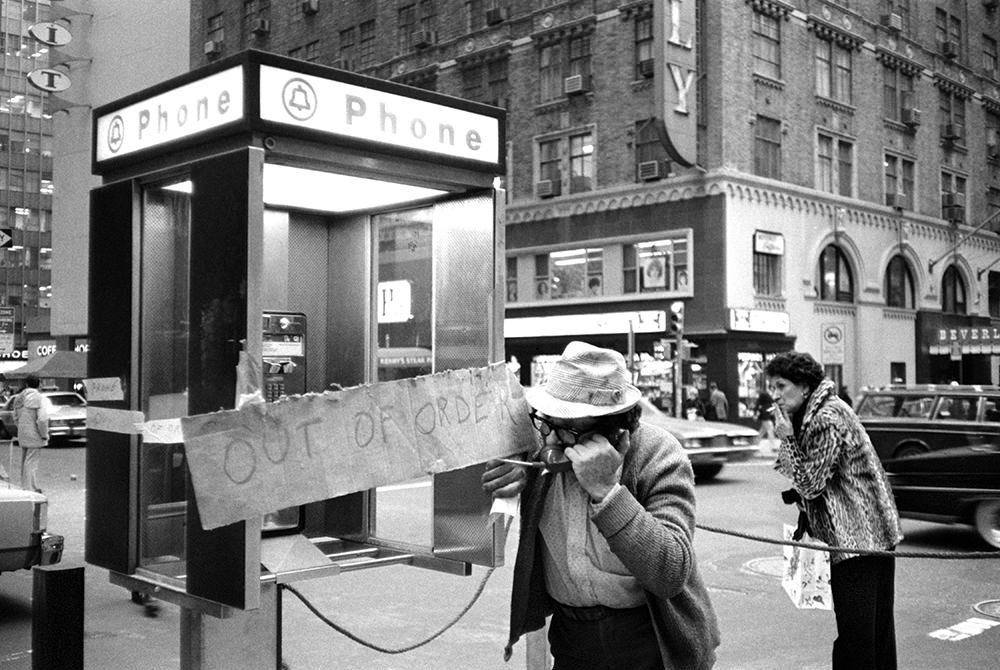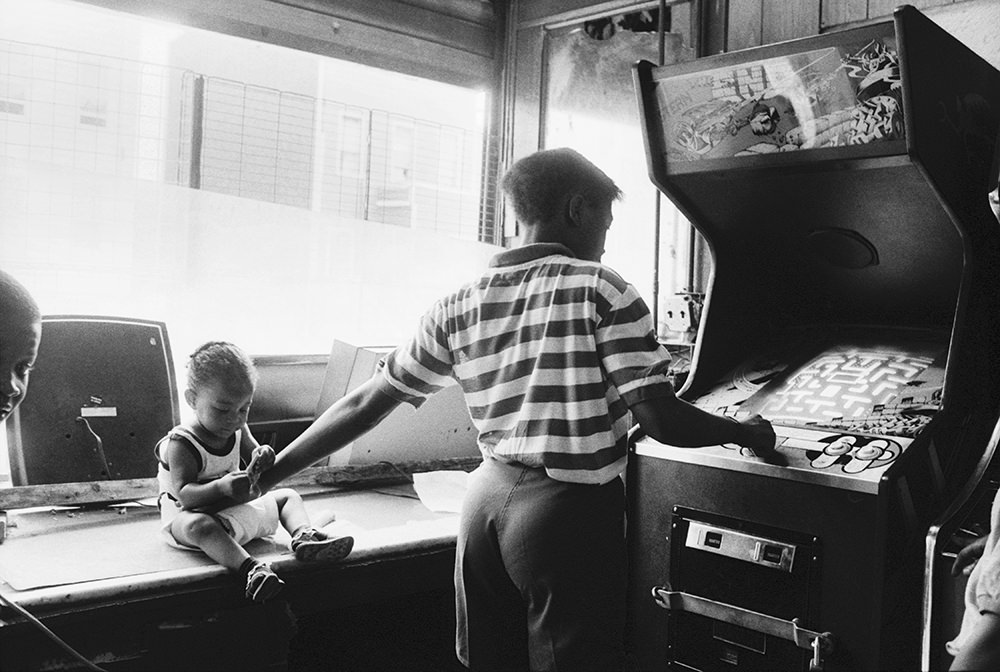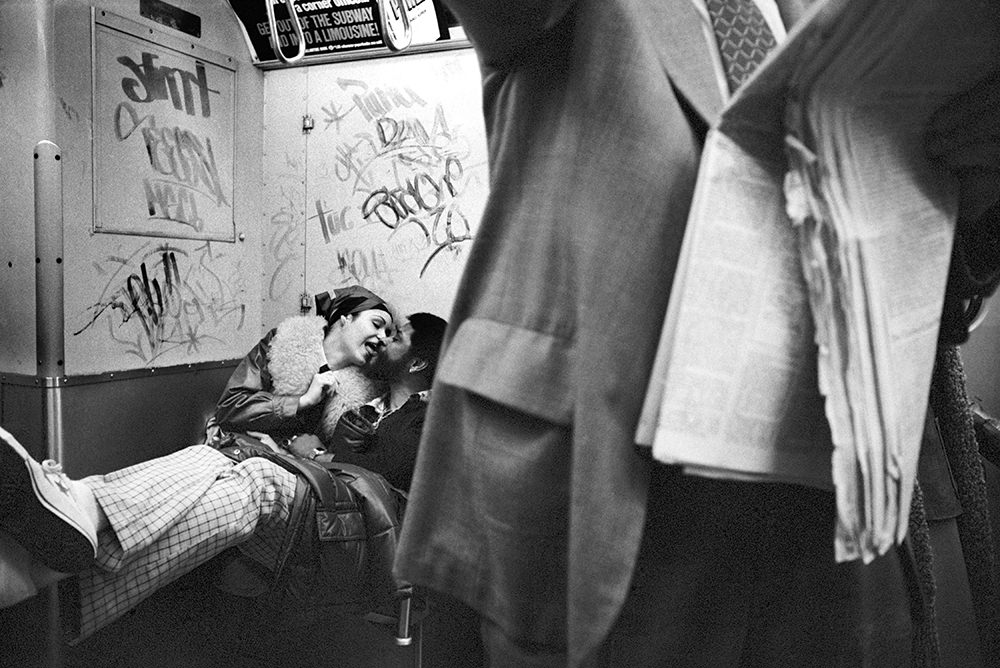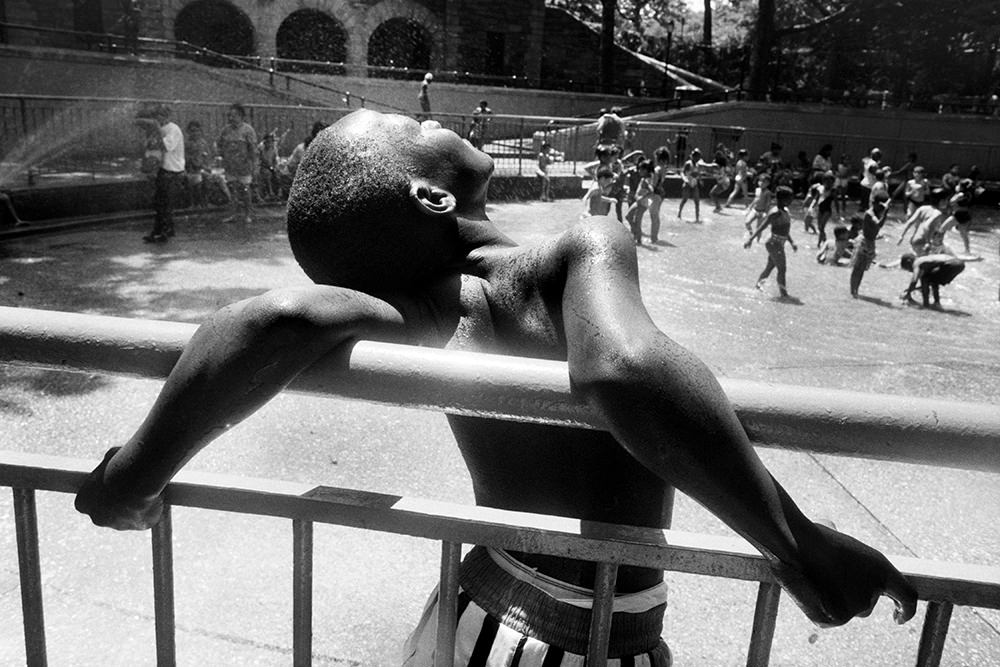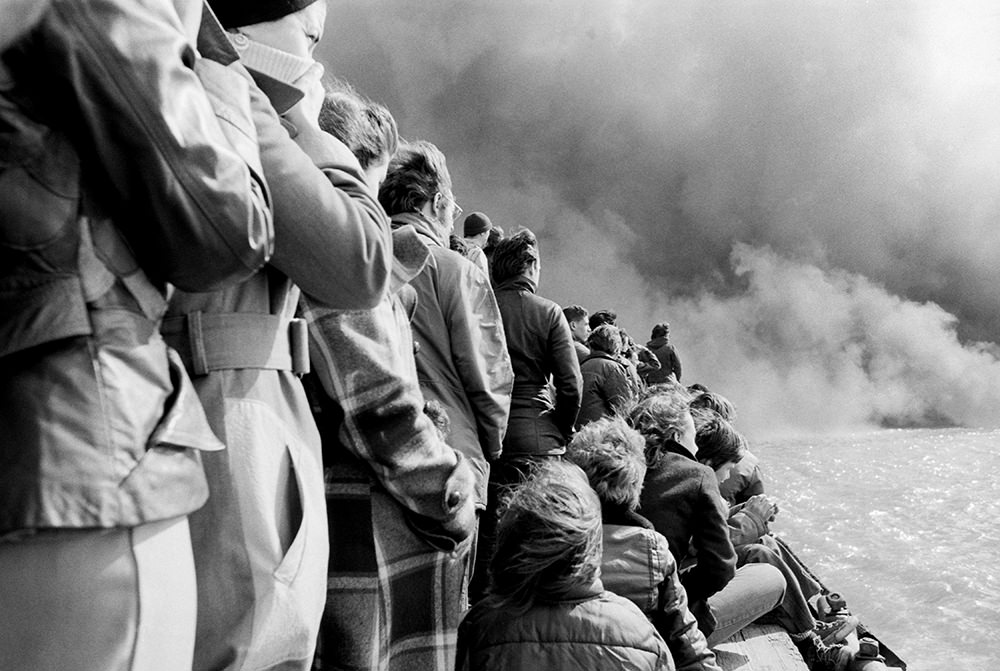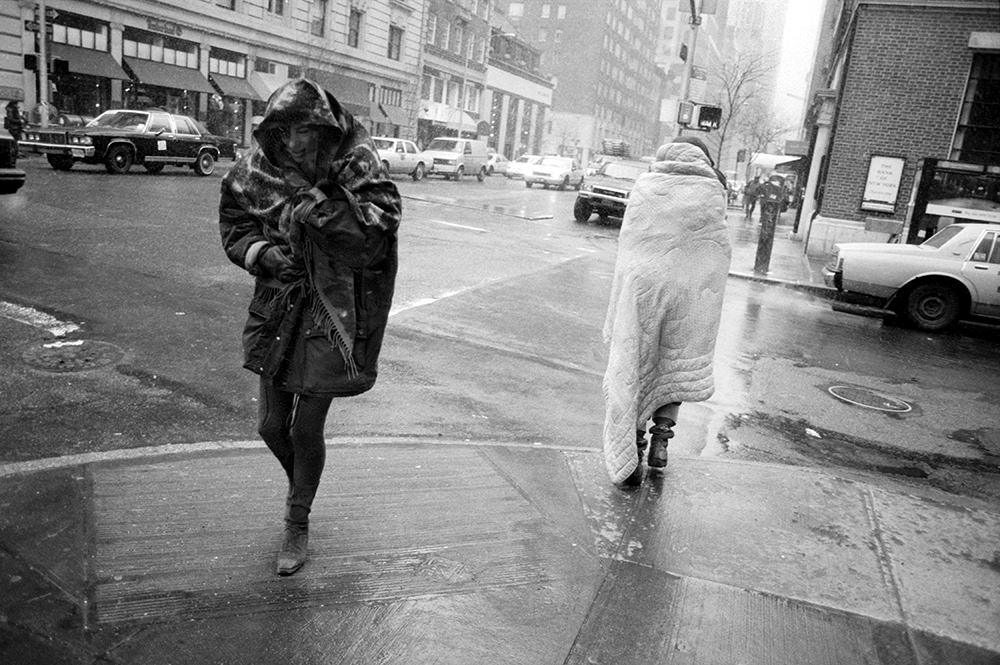Carrie Boretz’s photobook, STREET: New York City – 70s, 80s, 90s, transports us to a different era, a time when the city that never sleeps was a bit rougher around the edges, yet undeniably vibrant and alive. It wasn’t the glamorous New York of postcards and movies; it was the New York of everyday people, their struggles, joys, and the unique rhythm of life in their diverse neighborhoods.
The late 20th century wasn’t always kind to New York City. It faced economic downturns, crime waves, and natural disasters. One particular storm, a blizzard that struck in the winter of 1978, brought the city to a standstill. The streets, usually bustling with activity, were blanketed in a thick layer of snow and ice.
Cars were abandoned, buried under drifts, and subway lines were shut down. The storm raged for days, leaving behind a city transformed into a winter wonderland, but also paralyzed by its icy grip. Boretz’s photos from this period capture the eerie stillness of the streets, the towering snowdrifts, and the resilience of New Yorkers as they navigated their way through the aftermath.
The city’s struggles were not just physical, but also social and economic. The 70s and 80s were marked by a rise in crime and poverty, as well as a decline in infrastructure. Many neighborhoods fell into disrepair, and the streets became a canvas for graffiti artists, reflecting the frustration and disillusionment of the times.
Boretz’s photos document these challenges, showcasing the grit and determination of New Yorkers as they faced adversity. We see images of boarded-up storefronts, abandoned buildings, and street vendors struggling to make a living.


